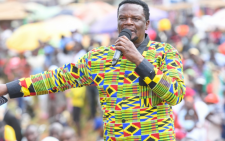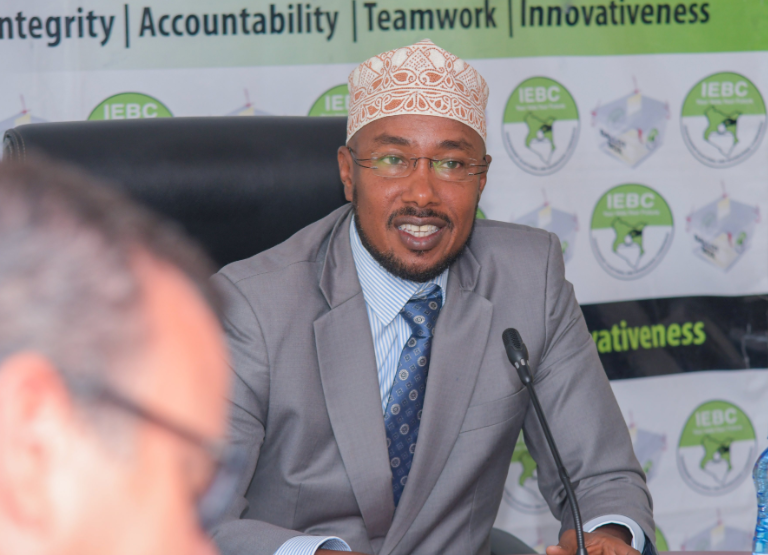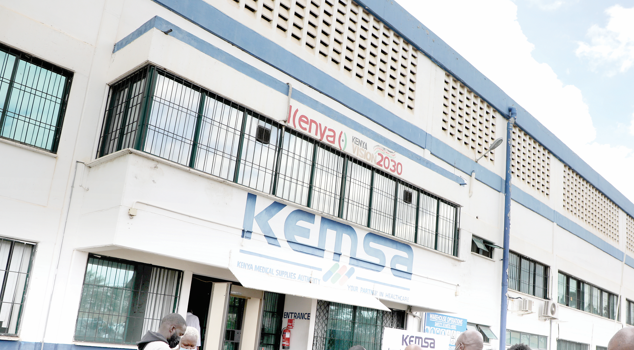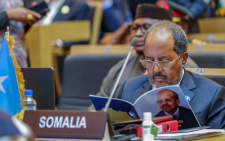How Google models can tackle Kenya’s built environment challenges, find solutions

Google’s Open Buildings dataset is quietly transforming how health workers, governments, researchers, and NGOs are tackling some of Africa’s most complex development challenges.
From guiding flood response in Nairobi to improving access to healthcare in Rwanda and boosting childhood immunisation in Nigeria, this freely available dataset is helping decision-makers reach the right people, at the right place, and with the right resources—often for the first time, say experts.
For decades, the lack of high-quality, up-to-date data in Africa has made it difficult for policymakers to allocate resources effectively. Many communities, particularly in informal or rural settings, were left invisible to official surveys.
Without precise data on where people live or how densely populated an area is, governments and aid organisations struggled to plan health services, respond to disasters, or manage urban growth. That’s the gap Google Research Africa intended to fill.
Developed by researchers at Google, the Open Buildings dataset now contains more than 1.8 billion building detections across 58 million square kilometres of Africa, South Asia, Southeast Asia, Latin America, and the Caribbean.
These building outlines were derived from high-resolution satellite imagery using AI-powered models and are openly available for anyone to use.
The goal is simple: provide data that helps governments, NGOs, and local organisations make informed decisions based on where people actually live.
According to Olivia Graham, product manager at Google Research, bridging these data gaps is crucial to solving real-world problems.
“We’re using AI to target a data gap that has prevented robust decision-making. How can you solve a problem if you don’t even understand who it’s affecting, where, and to what magnitude?” she asked.
With the dataset, planners and policymakers no longer have to guess—they have a powerful visual map of buildings, neighbourhoods, and even settlements that had gone unrecorded in traditional censuses.
What makes this tool especially powerful, Graham points out, is its open nature.
“Anyone can use it. It’s a foundation they can build upon,” she said.
This removes the barriers often created by proprietary systems or expensive data platforms. It allows local actors—those who understand community needs best—to adapt the tool to their context.
In Nairobi, that’s exactly what happened when Geo Analytics Africa partnered with the World Resources Institute (WRI) to respond to the devastating May 2024 floods.
Using Google’s building footprints, the team overlaid flood models to determine which specific buildings were at risk of future floods.
These building-by-building risk maps, validated through on-the-ground surveys, helped identify homes in flood zones and informed the city’s post-flood response.
“We used this data to shape our approach to flood resilience, including planning riparian parks and early warning systems,” said Walter Samuel, Project Manager at WRI.
“The Open Buildings dataset was instrumental in helping us understand the impact and plan for future safety.”
He added that the data also helped identify schools that remained dry during the floods, which were then used as emergency shelters.
It even helped map out how flooding could disrupt transportation networks, critical for planning evacuations or delivering aid.
Rwanda has found a different but equally crucial use for the dataset. Working with Kigali-based tech company Sand Technologies, Rwanda’s Ministry of Health used the building data to resite rural clinics.
The aim was to cut long, sometimes dangerous journeys to care facilities—particularly for pregnant women and children.
Using the dataset, they created a new plan designed to bring 92 per cent of Rwandans within a 30-minute walk of a health facility.
In practical terms, this means shorter travel times, more timely medical interventions, and fewer preventable deaths in rural areas.
In Northern Nigeria, the dataset has helped solve a deadly problem: children missing out on routine vaccinations.
Public health experts estimate that 8.7 million African children receive no routine vaccines annually, putting them at high risk of diseases like measles, polio, and diphtheria.
Many of these “zero-dose” children live in hard-to-reach areas that aren’t even marked on most maps.
That changed when the African Field Epidemiology Network (AFENET) and WorldPop, a population research project, used the Open Buildings dataset to identify over 10,000 previously unmapped buildings.
This new map guided vaccinators directly to zero-dose and under-immunised children.
In just six months, over 70 per cent of those children received vaccines—an enormous leap forward for public health in one of the most underserved regions of the continent.
The need for such tools is growing fast. Africa’s urban population is projected to nearly double to one billion people by 2035.
Many of these new homes will spring up in floodplains or informal settlements that lack infrastructure, increasing the risks from climate disasters, poor sanitation, and disease outbreaks.
With a detailed, street-level view of where and how communities are growing, the Open Buildings dataset allows local authorities to prioritise high-risk zones and target their limited budgets more effectively.
But technology alone isn’t the magic solution. The key lies in the collaboration between AI tools and local knowledge.
As Aisha Walcott-Bryant, Head of Google Research Africa, put it, “These projects show what happens when local expertise meets open, scalable technology: mothers reach clinics sooner, children receive long-overdue vaccines, and city planners get ahead of the next flood.”
She emphasized that AI’s true power lies not in complexity, but in how it helps solve real, human challenges.
“We’re thrilled to stand beside partners who turn data into decisive action,” she said.
For Graham and her team, that’s the most exciting part—watching the dataset evolve through hands-on use across countries and sectors.















